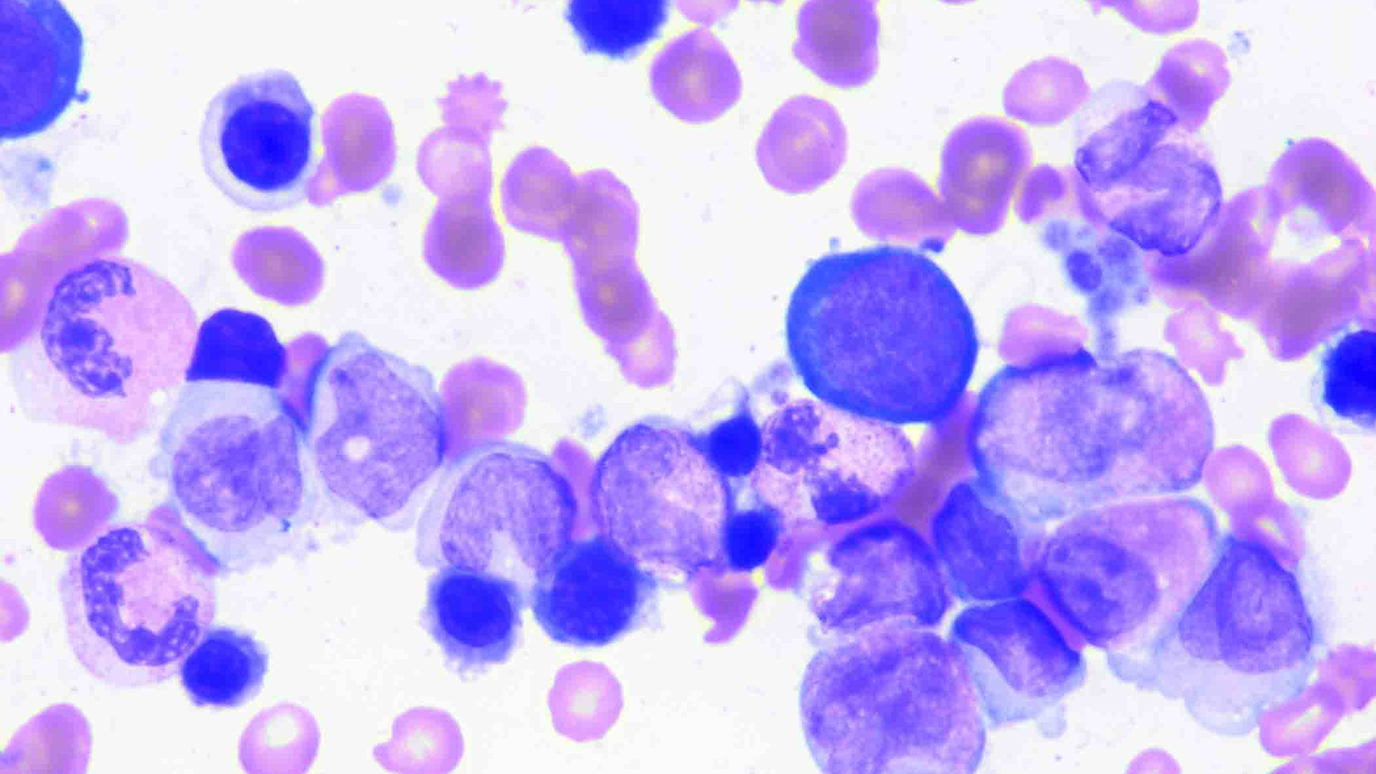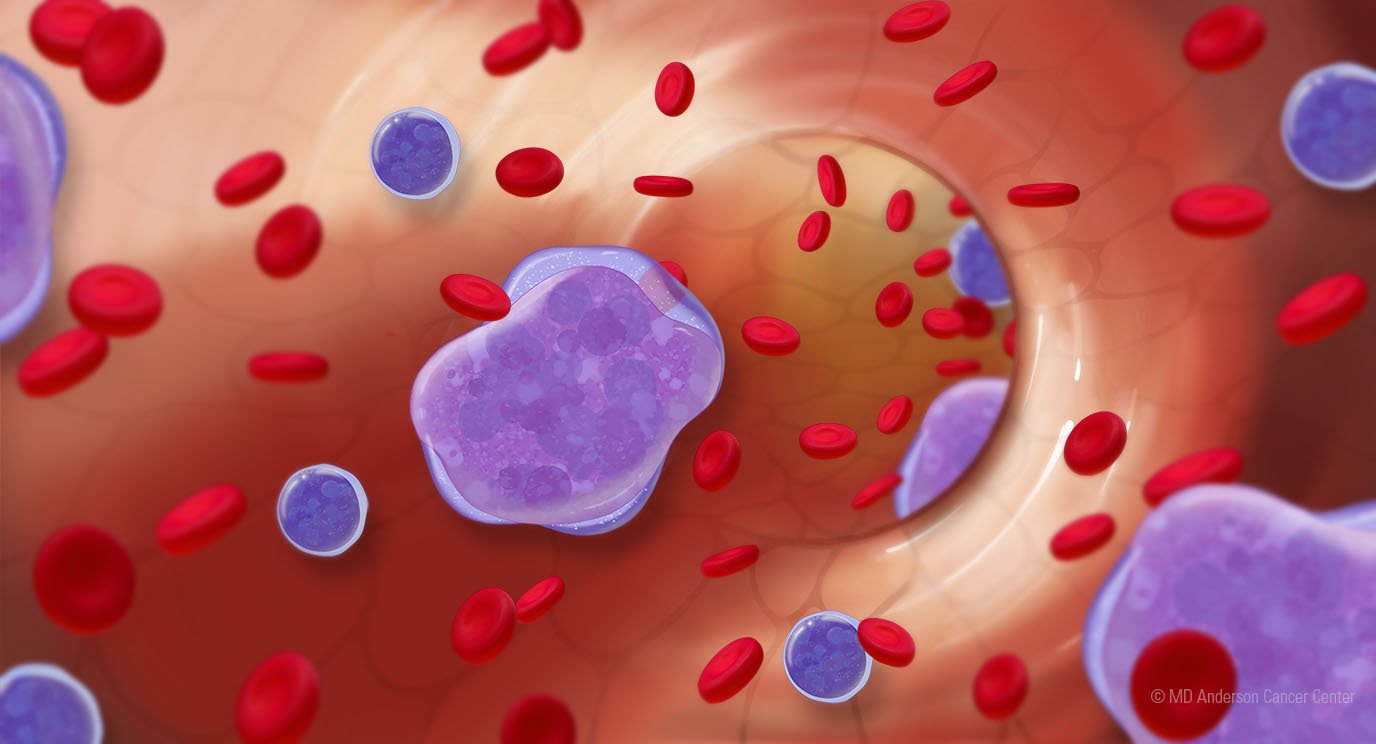- Diseases
- Acoustic Neuroma (16)
- Adrenal Gland Tumor (24)
- Anal Cancer (70)
- Anemia (2)
- Appendix Cancer (18)
- Bile Duct Cancer (26)
- Bladder Cancer (74)
- Brain Metastases (28)
- Brain Tumor (234)
- Breast Cancer (728)
- Breast Implant-Associated Anaplastic Large Cell Lymphoma (2)
- Cancer of Unknown Primary (4)
- Carcinoid Tumor (8)
- Cervical Cancer (164)
- Colon Cancer (168)
- Colorectal Cancer (118)
- Endocrine Tumor (4)
- Esophageal Cancer (44)
- Eye Cancer (36)
- Fallopian Tube Cancer (8)
- Germ Cell Tumor (4)
- Gestational Trophoblastic Disease (2)
- Head and Neck Cancer (14)
- Kidney Cancer (130)
- Leukemia (342)
- Liver Cancer (50)
- Lung Cancer (286)
- Lymphoma (278)
- Mesothelioma (14)
- Metastasis (30)
- Multiple Myeloma (100)
- Myelodysplastic Syndrome (60)
- Myeloproliferative Neoplasm (6)
- Neuroendocrine Tumors (16)
- Oral Cancer (102)
- Ovarian Cancer (178)
- Pancreatic Cancer (162)
- Parathyroid Disease (2)
- Penile Cancer (14)
- Pituitary Tumor (6)
- Prostate Cancer (150)
- Rectal Cancer (58)
- Renal Medullary Carcinoma (6)
- Salivary Gland Cancer (14)
- Sarcoma (238)
- Skin Cancer (302)
- Skull Base Tumors (56)
- Spinal Tumor (12)
- Stomach Cancer (66)
- Testicular Cancer (28)
- Throat Cancer (92)
- Thymoma (6)
- Thyroid Cancer (100)
- Tonsil Cancer (30)
- Uterine Cancer (86)
- Vaginal Cancer (18)
- Vulvar Cancer (22)
- Cancer Topic
- Adolescent and Young Adult Cancer Issues (22)
- Advance Care Planning (12)
- Biostatistics (2)
- Blood Donation (18)
- Bone Health (8)
- COVID-19 (360)
- Cancer Recurrence (120)
- Childhood Cancer Issues (120)
- Clinical Trials (628)
- Complementary Integrative Medicine (22)
- Cytogenetics (2)
- DNA Methylation (4)
- Diagnosis (240)
- Epigenetics (6)
- Fertility (62)
- Follow-up Guidelines (2)
- Health Disparities (14)
- Hereditary Cancer Syndromes (128)
- Immunology (18)
- Li-Fraumeni Syndrome (8)
- Mental Health (122)
- Molecular Diagnostics (8)
- Pain Management (62)
- Palliative Care (8)
- Pathology (10)
- Physical Therapy (18)
- Pregnancy (18)
- Prevention (940)
- Research (390)
- Second Opinion (78)
- Sexuality (16)
- Side Effects (616)
- Sleep Disorders (10)
- Stem Cell Transplantation Cellular Therapy (216)
- Support (408)
- Survivorship (330)
- Symptoms (182)
- Treatment (1794)
Opportunistic infections: What cancer patients need to know
5 minute read | Published January 07, 2025
Medically Reviewed | Last reviewed by Natalie Dailey Garnes, M.D., on January 07, 2025
An opportunistic infection is one that a person with a healthy immune system is unlikely to get. It happens when bacteria or some other pathogen gains a foothold in someone whose immune system is abnormal or compromised in some way.
But do certain opportunistic infections occur more frequently in cancer patients? Can they ever be prevented? How are they treated? And, is there anything you can do to lower your risk of getting one?
We asked Natalie Dailey Garnes, M.D., head of our antimicrobial stewardship program. Here’s what she shared with us.
What are the most common opportunistic infections among cancer patients?
Thrush
Thrush, or oral candidiasis, is probably the most common opportunistic infection among cancer patients. But you can get it if you’re not immunocompromised, too. Even babies get thrush sometimes.
People taking antibiotics often get thrush, just like women can get yeast infections. The reason is the antibiotics kill off the “good” bacteria that the yeast (Candida) usually has to compete with, allowing it to grow more freely.
Pneumocystis jirovecii pneumonia (“PJP”)
In most cases, pneumonia is not considered an opportunistic infection, because people with normal immune systems can develop it, too. But pneumonia caused by the pathogen Pneumocystis jirovecii is.
Today, we see PJP in a lot of different patient populations, especially those taking steroids at doses of 10 mg a day or higher for longer than three weeks.
What’s interesting about PJP is that it was first seen among malnourished children, children with immunodeficiencies, patients receiving steroids, and cancer patients with leukemia or lymphoma. The fact that other people started developing it, too, led to the eventual discovery of HIV.
Cytomegalovirus (CMV)
Cytomegalovirus is a little more specialized. So, we tend to see problems with this infection most among patients with the weakest immune systems, such as those who recently had a stem cell transplant.
Cytomegalovirus is really common, though. More than half of all Americans have been exposed to it by age 40. It causes colds in young children and something similar to mononucleosis in adolescents and adults. And, since it’s a herpes virus (human herpesvirus-5, or HHV-5), it stays with you for the rest of your life, once you’ve been exposed to it.
The part of the immune system that normally keeps CMV under control simply isn’t up to the task yet in stem cell transplant patients. It’s one of the slowest to start working again. So, the virus can “wake up” after a transplant and start causing problems. This happens roughly 50% of the time in patients who receive allogeneic stem cell transplants.
Shingles
Many types of herpes viruses can become problematic if the immune system is not working well. Another one is the varicella-zoster virus, which causes both chicken pox and shingles. Radiation therapy in particular can wake it up; so can some chemotherapy drugs.
Herpes
Herpes infections caused by human herpesvirus-1 (usually associated with cold sores) and human herpesvirus-2 (usually associated with genital herpes) that develop in immunocompromised people can be much worse than those in healthy people. That’s because these infections can take longer to resolve, spread to other places and cause more extensive disease.
Mold infections
Mold infections are most common among stem cell transplant recipients who develop graft vs. host disease (GVHD), as well as patients with acute myeloid leukemia, uncontrolled diabetes and/or who are taking steroids.
Mold infections can especially be an issue if you spend a lot of time outdoors or frequently come into contact with dirt, dust or plants and certain types of animal waste.
That’s why immunocompromised gardeners should either avoid that activity or wear a mask, long sleeves and pants, and thick, sturdy gloves. People who work in construction, demolition, or home renovation should also wear a mask. And, anyone who normally works with poultry or in caves should avoid being around bat guano or cleaning out chicken coops until they’ve recovered.
The most common opportunistic mold infection is aspergillosis. It’s caused by a fungus called aspergillus.
Parasitic infections
Toxoplasmosis is an infection caused by the parasite Toxoplasma gondii. In the United States, we see it mostly in patients who have cats, especially those whose pets spend time outdoors. You come into contact with it when you clean out their litter boxes. In Europe, doctors also see it in people who eat undercooked meat.
But Toxoplasma gondii is the same parasite that obstetricians warn pregnant women about. So, immunocompromised people shouldn’t be cleaning out their cats’ litter boxes, either. Leave that task to somebody else.
Key takeaways
- Opportunistic infections are those that a normal, healthy person is unlikely to get.
- Seven different opportunistic infections are common among cancer patients.
- Only some opportunistic infections can be prevented, but most can be treated.
How are opportunistic infections usually treated?
We prescribe:
- Antibiotics for bacterial infections
- Antivirals for viral infections
- Antifungals for fungal infections
- Antiparasitic medications for internal parasites
Can any of these opportunistic infections be prevented?
Some opportunistic infections can be prevented. If we know you’re going to be on high-dose steroids for a long time, for instance, we may prescribe a broad-spectrum antibiotic such as trimethoprim-sulfamethoxazole (Bactrim) to protect you from PJP.
We also give a lot of our patients antiviral medications to prevent herpes outbreaks. And, we give antifungal medications to some of our highest-risk patients because those infections can be so difficult to treat.
But we use many of the same tools to treat fungal infections as we do to prevent them. That can make treating them much harder. So, we normally don’t try to prevent something like thrush. Not everyone develops it, and it’s usually easy to treat. So, we typically just treat that as it happens.
What about tuberculosis (TB) and C. diff (Clostridioides difficile)?
We do see higher rates of C. diff in patients with cancer, especially acute myeloid leukemia, so it could be considered an opportunistic infection to some degree. But it’s not one of the most common. And you can get it even if you have a healthy immune system, too. The main risk factor is prior antibiotic use.
I would not consider tuberculosis an opportunistic infection, though it can cause more extensive disease in people who are immunocompromised.
What’s the difference between an opportunistic infection and an opportunistic pathogen?
An opportunistic infection is usually the name of an infectious disease. An opportunistic pathogen is the specific germ that causes it. For instance, thrush is a disease. A yeast called candida is the pathogen that often causes it.
Request an appointment at MD Anderson online or call 1-855-524-0867.
Related Cancerwise Stories

These can take longer to resolve and cause more extensive disease.
Natalie Dailey Garnes, M.D.
Physician





